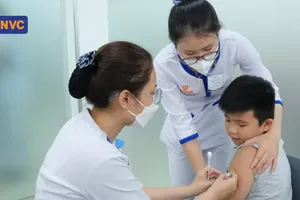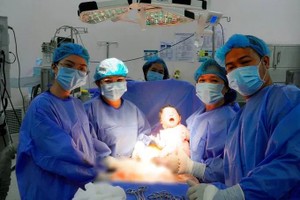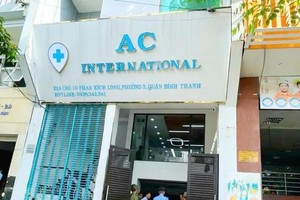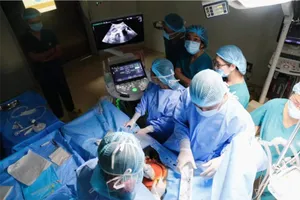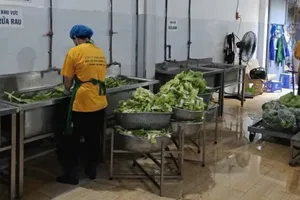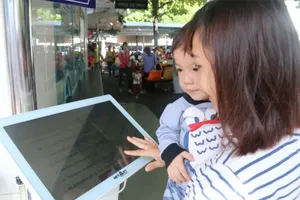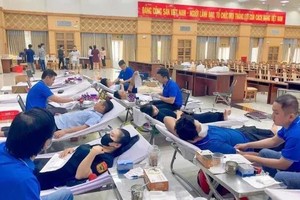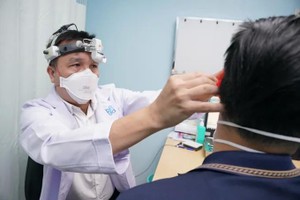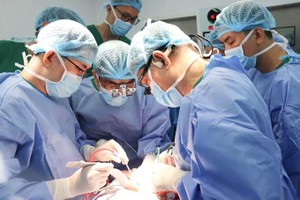The Hanoi Department of Health reported today that since the beginning of 2025, the city has recorded over 1,700 cases of measles, a figure three times higher than the total number of cases reported in all of 2024.

Currently, Hanoi is averaging approximately 200 new measles infections each week, with the most affected age group being children between 1 and 6 years old. Tragically, a number of fatalities related to measles have also been recorded.
The first four months of 2025 have seen a dramatic surge in infectious diseases in Hanoi. Measles cases have already tripled the total for 2024, while hand, foot, and mouth disease incidents have doubled year-on-year. This escalating situation has resulted in confirmed outbreaks of both diseases within multiple school environments, raising public health concerns.
Concurrently, Hanoi is experiencing a surge in hand, foot and mouth disease incidents, with over 1,000 cases documented during the initial quadrimester of 2025. Surveillance data revealed that these figures represent a twofold increase compared to the equivalent timeframe in 2024, with an upward trajectory observed throughout the past four weeks. Hanoi has been consistently registering approximately 200 new infections weekly. Notably, numerous educational institutions across Hanoi have reported clusters of both measles and hand, foot and mouth disease outbreaks.
In response to the complex progression of measles and hand, foot and mouth disease outbreaks, Hanoi's Health Department has instructed the city's Education and Training Department to implement enhanced preventive measures. Educational facilities must now intensify awareness campaigns regarding these diseases, conduct daily health assessments of students, maintain accurate records of affected children, and establish prompt communication with neighborhood medical centers to ensure proper quarantine procedures and immediate medical intervention.
Educational institutions closely coordinate with health agencies to organize activities to review vaccination history and organize measles vaccination for students according to the instructions of the health sector; strengthen the cleaning and disinfection of classrooms, toys, and student supplies to prevent the spread of hand, foot, and mouth disease in schools.
Local authorities are proactively coordinating vaccination efforts based on actual conditions, with an urgent focus on reaching a coverage rate of 95 percent or higher among children aged 1 to 10 years. People's committees in districts and cities are directing health centers and relevant agencies to review vaccination records and administer catch-up doses to children who have not received the full measles vaccine schedule—particularly those aged 6 months to under 9 months and those aged 1 to 10 years.
Simultaneously, they are assessing the number of children aged 11 to 15 years, as well as individuals over 15 years old, who have not been vaccinated or have not completed the two-dose measles vaccine regimen, to propose appropriate vaccination measures.
Medical facilities are required to strengthen infection control to prevent cross-infection of measles at medical examination and treatment facilities as well as increase interdisciplinary and inter-hospital consultations to have the best treatment plan for patients. Severe cases beyond treatment capabilities need to be referred for early treatment, ensuring safety to minimize deaths from measles.
